Average pay raise hits 5.5% – with those who switched jobs getting 7.7% raise
>
The average American worker experienced record wage increases in 2022, regardless of whether they kept their current job or changed companies and jobs.
The new data shows that those who stayed in their jobs saw a 5.5 percent pay increase in November 2022 compared to November 2021.
The Federal Reserve Bank of Atlanta it also said that employees who switched companies saw gains of 7.7 percent compared to the previous year.
While the growth means more money in the pockets of American workers, the increases are also raising inflation, experts say.

New data shows those who stayed in their jobs saw a 5.5 percent pay increase in November 2022 compared to November 2021.
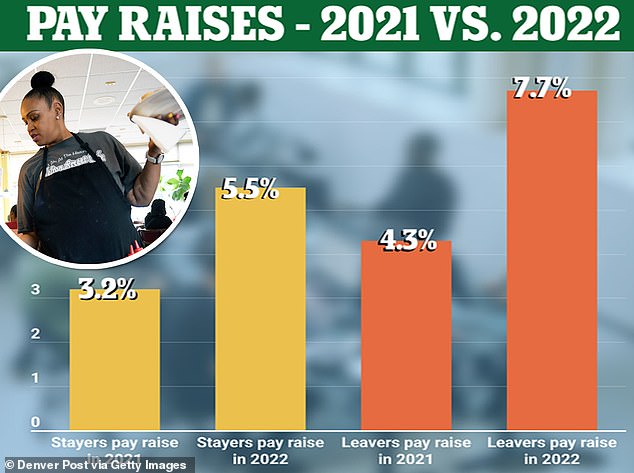

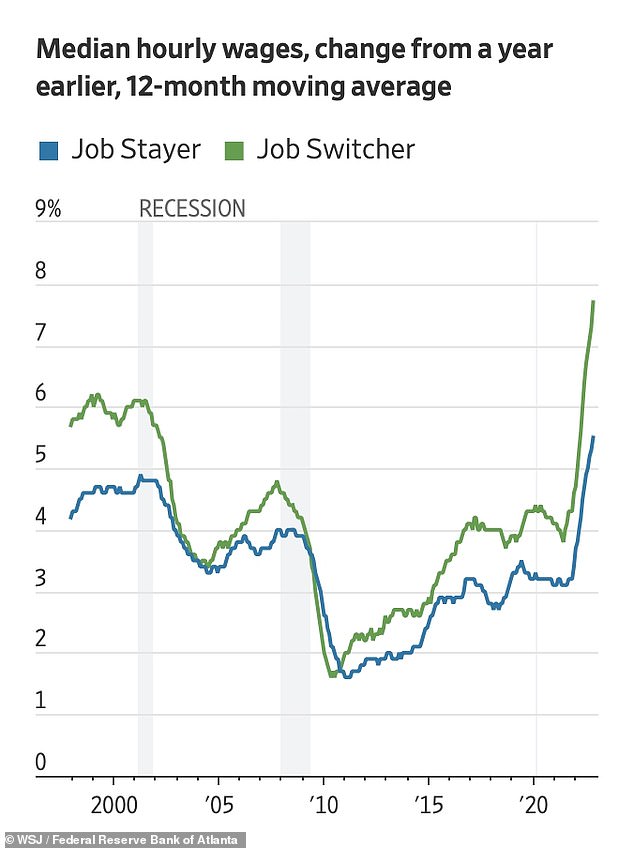

The Federal Reserve Bank of Atlanta also said employees who switched companies saw gains of 7.7 percent compared to a year earlier.
The wage increase for those who stayed in their jobs increased from 3.2 percent in January 2022, an overall increase of 1.8 percent.
Those who changed jobs saw an increase of 3.4 percent from November 2021 to November 2022.
Experts say the prospect of earning more at a different company is what’s driving companies to raise the wages of their current employees.
However, Layla O’Kane, an economist who spoke to the Wall Street Journal, said easy job applications and plentiful job openings are enticing employees to switch.
“If I can see that the Burger King down the street is offering $22 an hour, and I’m making $20 an hour at the Dunkin’ Donuts where I work, then I know very clearly what my opportunity cost is,” O’ Kane said.
“Employers are reacting to that and saying, ‘Well, we’re going to raise wages internally because we don’t want to lose staff that we’ve already trained.’
However, not all employees saw an increase.
Wages for private sector employees decreased by 1.9% in November 2022, after accounting for inflation.


Layla O’Kane, an economist who spoke to the Wall Street Journal, said easy job applications and plentiful job openings are enticing employees to switch


“If I can see that the Burger King down the street is offering $22 an hour, and I’m making $20 an hour at the Dunkin’ Donuts that I work at, then I know very clearly what my opportunity cost is,” O’Kane said.
However, wage growth is contributing to inflation.
While inflation eased slightly in the final months of 2022, the US experienced record rates earlier in the year.
In November, inflation in the US reached 7.1 percent.
The still-high number marked the fifth consecutive month of reduced annual increases.
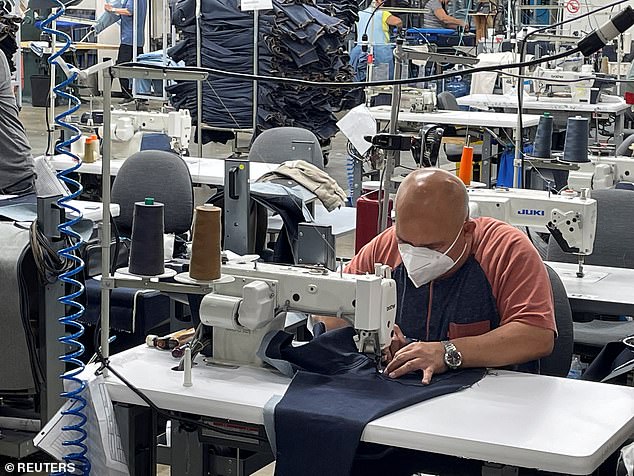

Wages for private sector employees decreased 1.9 percent in November 2022, after accounting for inflation
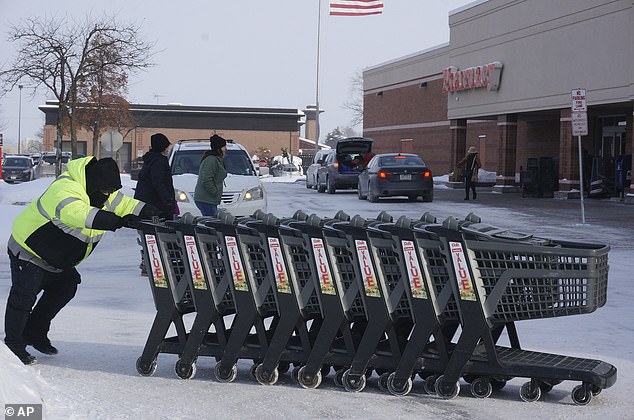

The latest wage data comes as two-thirds of economists at the largest US financial institutions believe a recession will hit in 2023.
The latest wage data comes as two-thirds of economists at the largest US financial institutions believe a recession will hit in 2023, according to a new survey.
The Wall Street Journal A survey of 23 primary dealers, the large financial firms that do business directly with the Federal Reserve, found that most expect a recession in the coming year.
Major economic concerns cited include declining personal savings, a slumping housing market and tightening lending standards at many banks.
It follows the Fed’s rapid rate hikes to combat soaring inflation last year, in which the benchmark rate rose from near zero in March to a range of 4.25 percent to 4.5 percent at the end of year.


Most economists at the biggest banks, including Bank of America, Barclays and UBS, predict a recession in 2023 amid mounting warning signs.
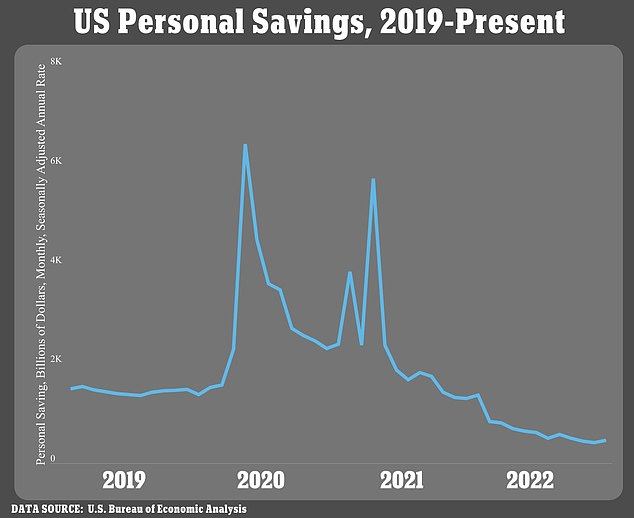

Rising prices have forced consumers to quickly spend savings, which skyrocketed during the COVID-19 pandemic
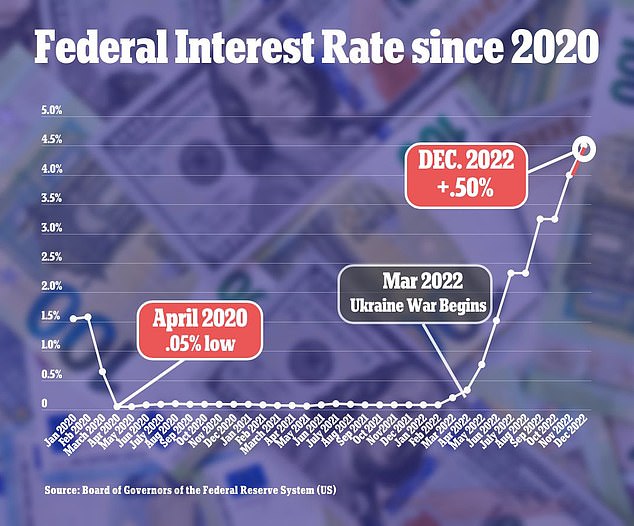

The Fed rapidly raised interest rates in 2022 to combat inflation, raising recession risks
The central bank forecasts that it will reach a range of 5 percent to 5.25 percent by the end of 2023. Its forecast does not call for a rate cut before 2024.
The Fed’s policy rate is now at its highest level since before the 2008 recession, as the central bank tries to reduce inflation without triggering an economic downturn.
By the Fed’s preferred measure, inflation is still nearly tripling its 2 percent target, having risen by early 2022 at its fastest pace in 40 years.
Rising prices have forced consumers to quickly spend their savings, which skyrocketed during the COVID-19 pandemic thanks to stimulus measures and a slowdown in spending.
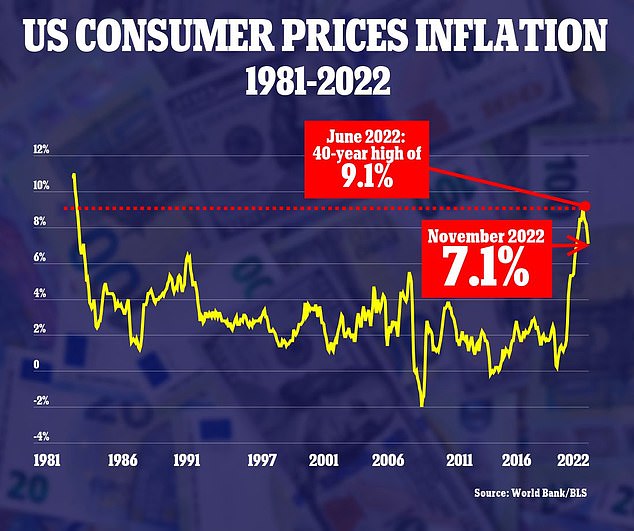

The consumer price index rose at the fastest rate in 40 years earlier in 2022
